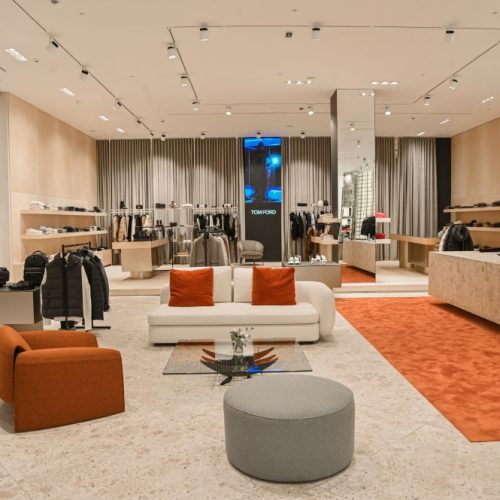From the earliest times, handbags have been a useful addition to clothing worn by both men and women. The emergence of the modern handbag throughout history was preceded by a series of different types, from medieval pouches worn on belts, through 18th-century pockets, bags for carrying books and needlework supplies, to pouches for small change. The development of the handbag as we know it today was greatly influenced by the emancipation of women in the late 19th and early 20th centuries. Increased mobility of women and their more significant participation in the business world led to the emergence of various types of handbags, from travel and business bags to daytime handbags and elegant evening bags.
An important part of the history of handbags is their contents, which have changed over time. Money, makeup, and tissues have remained in handbags to this day, while needlework supplies disappeared along with the disappearance of this activity from women’s social lives. Over time, new items have made their way into handbags: credit cards have joined metal and paper currency, the range of makeup has increased, and cloth handkerchiefs, hand-decorated with embroidery, have replaced packaged disposable paper tissues. The former place of needlework supplies has been taken over by various electronic devices such as mobile phones and tablets, while cigarettes, which entered women’s handbags in the 1920s as an expression of the struggle for equality, have been removed from them in recent decades, following current trends in healthy living.
Unlike shoes, which gradually take on the shape of the wearer’s foot, a handbag becomes a projection of personality by the way it is used. Thus, psychoanalyst Adam Phillips observes that what we say when we talk about handbags – especially when considering them from a historical or aesthetic standpoint – can blur their intimate dimension. Fashion journalist Anna Johnson sees the handbag as an intimate extension of the body, a little house for living on the move, or a portable boudoir full of lipsticks and hairpins, while curator Claire Wilcox emphasizes the dual function of the handbag, which simultaneously reveals and conceals, managing to be both public and private. Therefore, the handbag is the only fashion item where both the exterior and interior are equally important. Surely each of us has at least several times, after carefully examining the interior of a handbag that initially appealed to us, given up on purchasing it, concluding that it is not a place where we can adequately accommodate a portable part of our personal world.
The women’s handbag developed in the last third of the 19th century from leather travel bags with handles, metal clasps, and internal compartments. Leather handbags became a mandatory fashion accessory that women wore outside the home, with daytime attire – long jackets, skirts, and large hats. At the end of the 19th and beginning of the 20th century, various types of evening handbags also became fashionable. Among them were clutch bags, shaped like pouches, often made of the same material as the corresponding evening dress. At that time, compact silver bags decorated with engraved ornaments were also worn, as well as leather cases for opera glasses. Despite their small dimensions, the interior of these handbags had a complex structure, which included a whole range of different compartments, among which were compartments for small change and a mirror, while in opera glass bags, in addition to a compartment for the glasses themselves, there was also space for a fan, a powder puff, a note card, and a pencil.
In the dress of the modern woman, the handbag represents an important fashion accessory, and among the most famous handbag manufacturers today are brands such as Hermès, Chanel, Louis Vuitton, Gucci, and Bottega Veneta. Some of the classic handbag models, such as Chanel’s 2.55 bag or Hermès’ Birkin and Kelly bags, have remained in fashion for decades. While the iconic Hermès models are named after actresses Jane Birkin and Grace Kelly, the luxury Jodie bag from the Bottega Veneta brand is named after actress Jodie Foster. When making this bag, a technique of weaving leather strips called intrecciato is used, which represents the brand’s recognizable pattern.
Draginja Maskareli
Museum Consultant – Art and Fashion Historian
Images:
Handbag, Florence, around 1450, Textile Museum (Museo del tessuto), Prato; photo: Wikimedia Commons / CC BY-SA 4.0 DEED
Pockets, 1796, Costume Institute of the Metropolitan Museum, New York; photo: Wikimedia Commons / CC0 1.0 DEED
Silver handbag, around 1890; Los Angeles County Museum of Art (LACMA); photo: Wikimedia Commons / public domain
Fashion illustration, Journal des dames et des modes magazine, 1912; photo: Wikimedia Commons / CC0 1.0 DEED / Rijksmuseum
Fashion illustration, Journal des dames et des modes magazine, 1913; photo: Wikimedia Commons / CC0 1.0 DEED / Rijksmuseum








